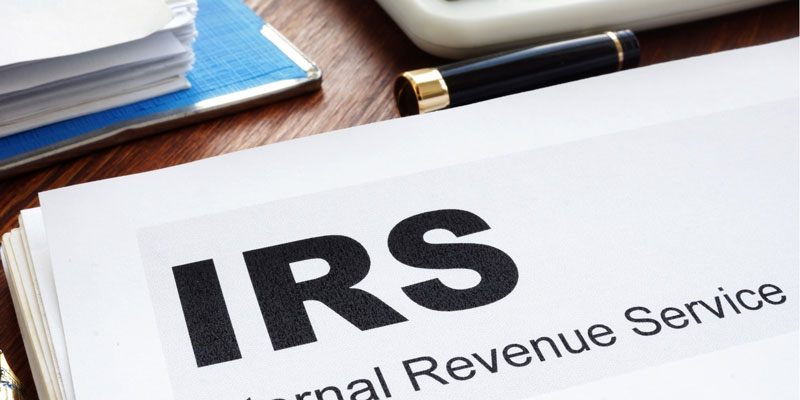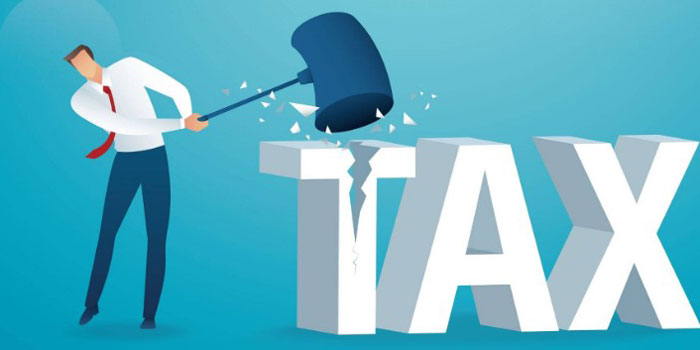Which Are The Best Long-Term Savings Plans That Make Good Financial Cents
Oct 31, 2024 By Darnell Malan
Achieving financial stability and peace of mind requires future-oriented saving. But given the abundance of long-term savings plans, how would you decide which best fits your objectives? Every choice presents special advantages, from consistent growth and tax advantages to flexible access to your money. Finding the correct strategy will help your money increase dramatically over time, whether your goals are retirement, saving for a big purchase, or creating an emergency fund.
This article will discuss six of the most sensible long-term savings plans that make good financial sense. These plans are meant to satisfy various demands, combining low-risk investments, retirement-oriented alternatives, and high-interest savings accounts. Find the best approach to make your money work to save and safeguard your future confidently.

6 Long-Term Savings Plans That Make Good Financial Cents
Below are six long-term savings plans designed to make good financial sense and help you secure a stable financial future.
High-Interest Savings Accounts
High-interest savings accounts are a good choice for long-term savings, offering more returns than standard ones. It lets your money increase more quickly over time. Usually free from fines, your funds provide flexibility if you withdraw money. Convenient and reasonably priced, several banks and credit unions provide high-interest savings accountsoften free from monthly fees.
These accounts help you to get interest on your balance. Certain stories even provide further benefits, such as bonuses for keeping a specific balance or cashback prizes. Furthermore, your money is safeguarded up to $250,000 with FDIC insurance. Hence, low-risk savings options include high-interest savings accounts. A high-interest savings account might be a great addition to your financial plan if you want a simple approach to increasing your money while maintaining accessibility.
Certificates of Deposit (CDs)
Certificates of deposit (CDs) are popular low-risk, long-term savings options. With durations ranging from six months to five years, CDs provide stable interest rates, enabling your money to develop consistently over time. Investing in a CD lets you promise to keep your money unaltered for the chosen duration and get a greater interest rate than regular savings accounts.
One of the CDs' key advantages is the assured return. By the end of the period, you will precisely generate interest. Early withdrawals, however, may result in fines. Hence, selecting a term that fits your financial objectives is imperative. CDs are dependable for long-term savings that offer stability and consistent increase, whether your goals are for a future expense or a safe growth method.
Individual Retirement Accounts (IRAs)
Individual Retirement Accounts (IRAs) are essential for retirement savings and offer tax benefits supporting long-term expansion. Traditional and Roth IRAs are the two basic varieties of ones available. With a conventional IRA, you can make pre-tax contributions, thus only paying taxes on withdrawals in retirement. On the other hand, Roth IRAs let you make after-tax contributions that let your assets grow tax-free and provide tax-free withdrawals in retirement.
Although every choice has particular age criteria and contribution restrictions, both provide special tax advantages that increase long-term savings. Because IRAs promote disciplined savings practices, they are great instruments for creating a safe retirement fund. With the correct IRA, you can see consistent growth in your money, establishing a strong basis for your finances from now on.

401(k) Plans
Plans known as 401(k) are employer-sponsored retirement accounts. Payroll deductions let workers save for retirement. Many companies also provide matching contributions to help you save more. Contributions reduce your taxable income made with pre-tax money.
The major advantage of a 401(k) is its possibility for notable increases with time. Your money is allocated across several funds, usually comprising bonds and stocks. This investment approach can yield more returns compared to conventional savings accounts. You should be advised, nevertheless, of the expenses and financial dangers connected to these strategies. A 401(k) is a wise long-term retirement savings tool.
Health Savings Accounts (HSAs)
Tax-advantaged accounts are health savings (HSAs) designed for medical bills. You have to have a high-deductible health plan to qualify. By letting you make pre-tax dollar contributions, HSAs help to lower your taxable income. For approved medical expenses, your money can grow and be withdrawn tax-free.
HSAs have one unusual quality: the money rolls over every year. No "use it or lose it" guidelines let you save for future medical expenses. You can also withdraw money for non-medical costs free from penalty after age 65. HSAs thus become a versatile long-term savings tool. They can be a second retirement account in addition to helping to pay for medical expenses.
Bonds
Bond investing is a reliable long-term savings strategy with stability and a consistent income. Bonds are loans given to businesses or governments that pay interest over time. At the end of this time, you get your original investment back; hence, bonds are a rather safe option. Attractive to individuals looking for consistent, reduced-risk returns, bonds are typically less volatile than equities.
Government, municipal, and corporate bonds are among the several forms. Usually, the safest are government bonds; business bonds have more yield and risk. Every kind has a varied risk-reward profile. Hence you can choose depending on your financial objectives. Bonds provide a cushion against market swings, helping diversify your portfolio. Bond investing is, therefore, a good, slow-growth approach that will enable you to safely increase money over the long run.
Conclusion:
Achieving future goals and financial stability depends on selecting the appropriate long-term savings plan. Each strategy has special advantages, whether your goal is consistent growth from high-interest savings accounts, dependable income from bonds, or tax advantages from retirement accounts. Combining these choices helps you diversify your savings plan and create wealth while lowering risk. When choosing a plan, remember your financial objectives, risk tolerance, and schedule since everyone has benefits and drawbacks. You will be on the road to a safe financial future with funds that efficiently support your needs and aspirations through judicious and regular investment.

The role of information and communication in financial intermediation

Reasons to Have Multiple Accounts

NorthOne Business Banking Review 2024: Simplified and Effective Solutions

The 4 Most Effective Apps For Saving Cash In 2022

Tax Evasion and Strategies to Legally Avoid It

Reasons Why Banks Don't Need Your Money to Make Loans

What Is IRS Form 8949 And Its Purpose?

Methods for Deciding on the Best Retirement Savings Plan

Techniques for High-Income Tax Payers to Save Money

